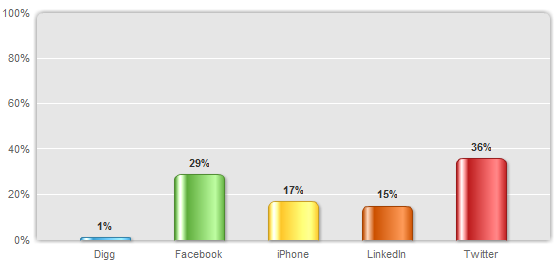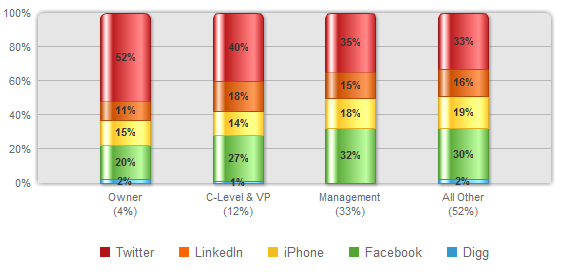Web 2.0 with its main characteristic that ‘Everyone Can Publish’ didn’t really make much difference to the jobs web sites. Even the ‘Most Professional’ social network LinkedIN did not have much of the impact on the job boards, even to the ones tightly integrated with it like SimplyHired. The Blog as such again failed to leave any impact on the jobs boards. Video CV, video in interviewing, video presentations of the jobs and companies didn’t do much until today as well. In general the job boards kind of didn’t seem to notice the Web 2.0 have happened at all.
Web 3.0 will have a quite different impact on the job boards. The Web 3.0 is going to try to make sense of all this publishing of the Web 2.0. Remember the rating stars on blogs or ecommerce web sites? The Web 3.0 will use those and really rate each piece of the content based on the users ratings let on those web sites. Google AdWords programme has an element of that even today. If you create an advertising campaign, and Google AdWords displays it a lot without people really clicking on it, the advertisement will be demoted, and will not show o the prominent highly visible places any more. In fact, it might only be showing hen there is really nothing else to fill the advertising space with.
Web 3.0 Jobs Board
The jobs board is a place where there is a huge amount of ever changing content, with a huge number of visitors flicking trough it data, and guess what? Scoring the data as well! Scoring? How? Well there is the job application. The more the job is applied for, obviously the more it is interesting to the majority of the people. A jobs board CAN make sense of its data. It can RATE each job by the most important factor (conversion ration) number of applications for each job.
The job applications are just one element a jobs board can use to rate the jobs advertised. What it can also use is the number of the job is viewed. That quality score is about the quality of the job title and a short job description – that display the job in the search results.
Furthermore the length the visitor spends on the site where the job is, is the element the a jobs board can use to determine about the popularity of the job.
The complete picture of the ‘value’ of each job needs to be gathered from the combinations of the elements above that define the quality or the popularity of each job. The date of publishing certainly has to play its factor here.
Can you imagine a jobs board that functions like Digg? And only if the job generates enough applications in its short life span, only then does it ever get to the front page? Well this is what a Web 3.0 Jobs Boards are going to be all about.


